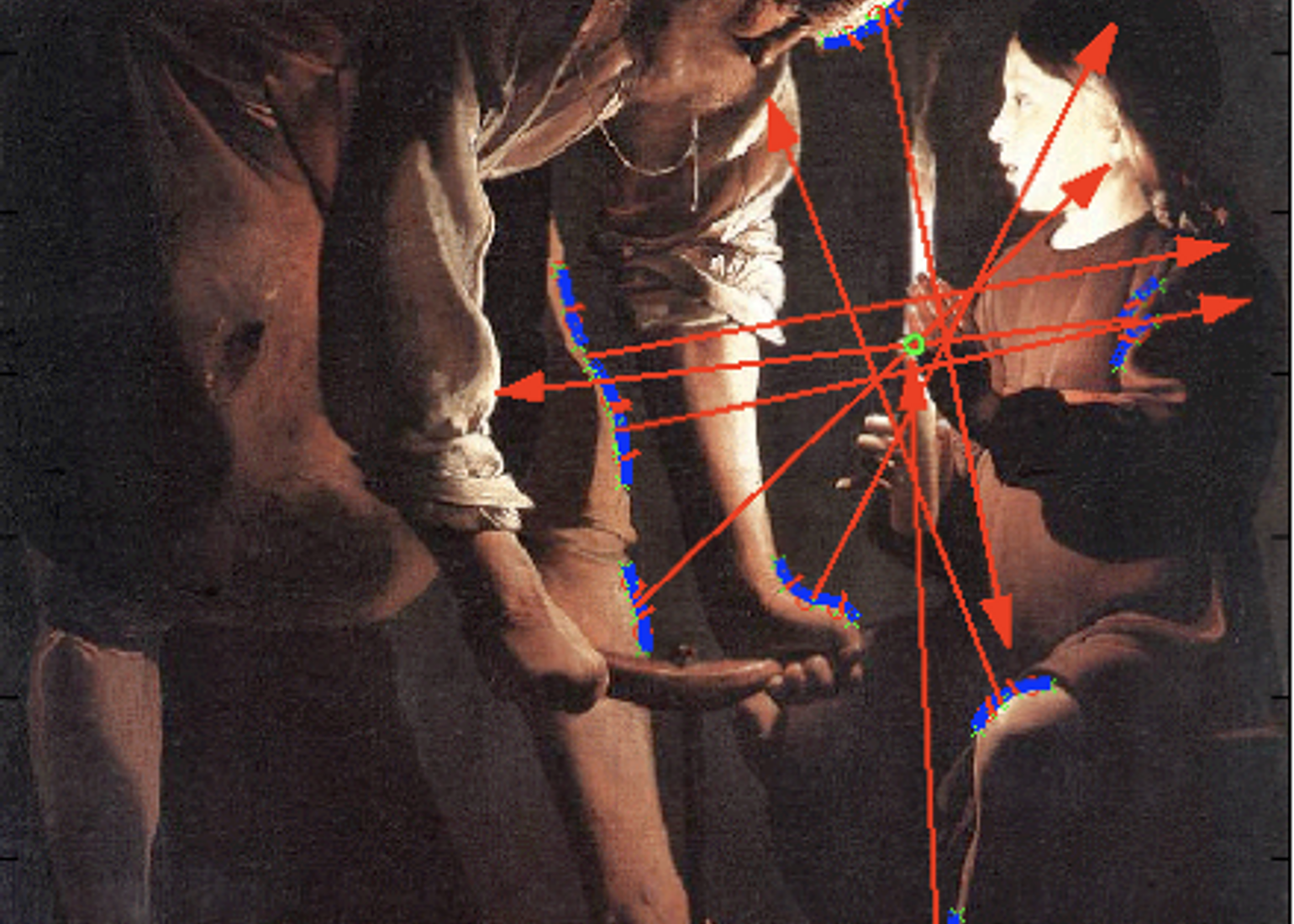Computer Vision and Artificial Intelligence in the Study of Fine Art
Our Doctoral School invites to a talk by David G. Stork about applications of AI methods on the interpretation of fine art.

- –
-
This is an online-only event.
See description for details.
David G. Stork: Computer vision and artificial intelligence in the study of fine art. A grand challenge for computer science
Over the last several decades computer methods have revolutionized and expanded nearly every scholarly and professional discipline, but it has been only recently that computational methods (from computer vision, machine learning, and artificial intelligence) have been applied to problems in the history and interpretation of fine art.
There are several reasons paintings and drawings have proven resistant to computational analysis: First, art images differ in profound ways from the natural photographs, medical images, remote images, and task-specific images (e.g., robotics, autonomous driving, …) that have preoccupied computer science. Art images are expressed in a wide variety of styles, depict non-physical objects and relations (halos, dragons, floating putti, …), or may depict no traditional objects, as in abstract art. Art images are also far fewer in number than the billions of natural photographs used to train deep neural networks.
The interpretations of connoisseurs and art scholars can be extremely subtle and sophisticated, based on rare features in a small number of artworks, not general trends that hold in billions of natural photographs addressed by machine learning methods.
The most fundamental distinctive characteristic of art images is that they are created by an “author” (artist) seeking to convey a meaning, such as a story, moral, or even philosophical idea. Current semantic image analysis and automatic question-answering systems fail at extracting such high-level meaning from artworks.
This talk will demonstrate some of the computer methods that have found use in addressing problems in art scholarship, and first steps toward high-level semantic processing for extracting meaning in artworks.
Access
Join the Zoom session.
About David G. Stork
David G. Stork has pioneered the development and application of sophisticated computer vision and artificial intelligence methods to address problems in the history and interpretation of fine art images and has taught the world’s first courses on this subject at Stanford University.
He has published widely in the field and given hundreds of lectures at conferences, universities, and art museums in 30 countries, including the Louvre, Kunsthistorisches Museum, Museum of Modern Art, Art Institute of Chicago, Metropolitan Museum of Art, National Gallery Washington, National Gallery London, and many others.
His 200+ scholar publication and nine books include Pattern classification (2nd ed), Seeing the light: Optics in nature, photography, color, vision, and holography, and the forthcoming Pixels & paintings: Foundations of computer-assisted connoisseurship (Wiley).
He holds 61 US patents, has garnered 83,000 scholarly citations, and is a Fellow of IEEE, OSA, SPIE, IS&T, IAPR, and IARIA.
The lecture series on research talks by the guest professors of the TU Wien Informatics Doctoral School can also be credited as an elective course for students of master programs of computer science: LVA 195.072 Current Trends in Computer Science.
Curious about our other news? Subscribe to our news feed, calendar, or newsletter, or follow us on social media.
